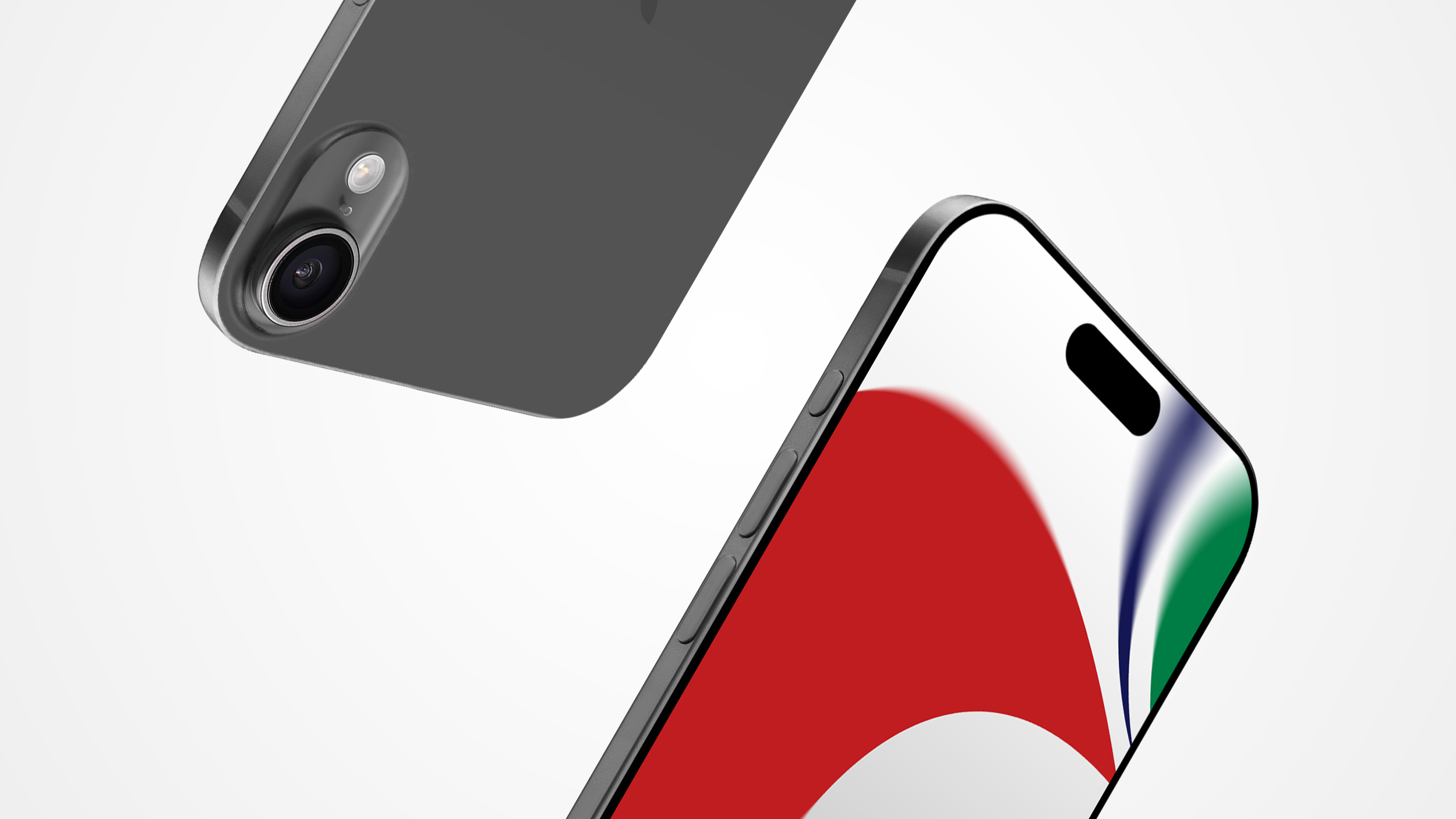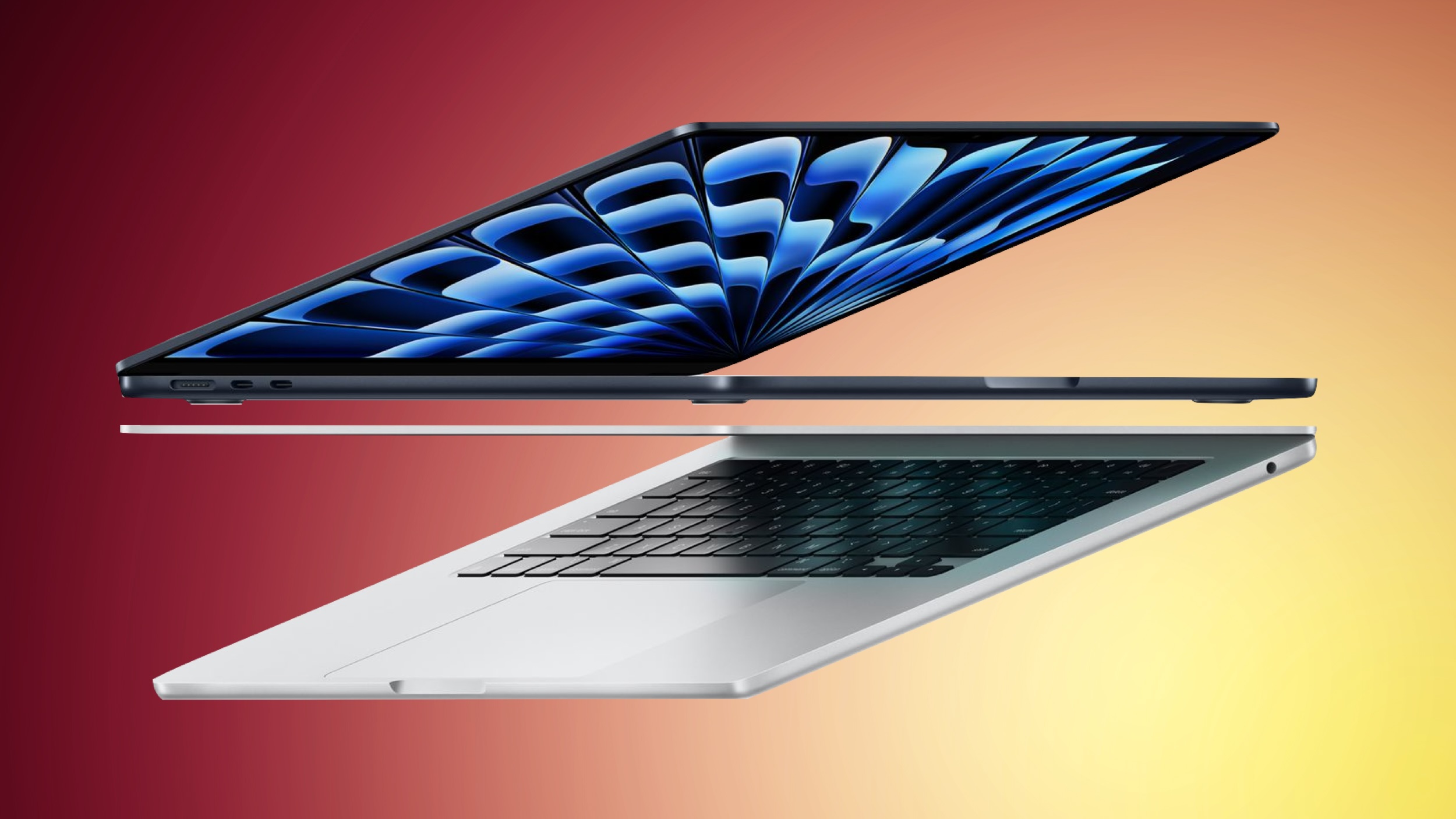The DJI Mini 3 is an affordable mash-up of its two best compact drones
The rumored DJI Mini 3 has officially taken to the air – and the compact drone could be the new sweet spot for beginners looking for their first flying camera.
The Mini 3 is a mash-up of the pricier DJI Mini 3 Pro and the older DJI Mini 2, which the drone maker says will remain on sale for now. And like those drones, its sub-250g weight makes it exempt from drone regulations in many regions.
So what’s missing from the Mini 3 Pro? The two main features that the Mini 3 lacks compared to that model are obstacle-avoidance sensors (for detecting objects in front of and behind the drone) and OcuSync 3.0 connectivity.
(Image credit: DJI)
Sensor: 1/1.3-inch CMOS
Lens: 24mm f/1.7
Video: max 4K/30p, 2.7K/60p
Photos: 12MP (JPEG and raw)
Flight time: 38 mins per charge
Transmission: OcuSync 2.0
Obstacle avoidance sensors: downward-facing only
Max video bit-rate: 100Mbps
Wind resistance: Level 5
Weight: 249g
Instead, the Mini 3 uses DJI’s older O2 video transmission, which means the drone’s maximum range and the reliability of its connection to your controller will be slightly inferior to those of its pricier sibling. While the Mini 3 has the same 1/1.3-inch sensor as the Mini 3 Pro, it also isn’t capable of shooting 4K/60p video (topping out at 4K/30p), and has a slightly lower max bit-rate of 100Mbps.
Still, for most fledgling pilots, those missing features will be minor inconveniences rather than deal-breakers. And the DJI Mini 3 is otherwise a big step up from the Mini 2, thanks to its larger sensor, vertical video powers, longer 38-minute flight time and compatibility with DJI’s new RC controller.
(Image credit: DJI)
Unfortunately, those improvements do mean that the Mini 3 is also a fair bit pricier than the Mini 2.
Price-wise it sits almost exactly between the Mini 3 Pro and Mini 2, starting at $469 / £439 / AU$699 (for just the drone with no controller) and going up to $699 / £669 / AU$1,019 for the bundle with the DJI RC controller, which has a built-in screen that means you don’t need to use your smartphone to get an onboard view from the drone.
DJI Mini 3 price and release date
The DJI Mini 3 isn’t quite as affordable as the Mini 2 was when it landed in 2020. For example, the Mini 3 bundle with DJI’s RC-N1 controller (the one that has a mount for your smartphone) costs $100 / £100 / AU$80 more than the Mini 2’s equivalent bundle, likely due to a combination of inflation and the Mini 3’s improved features.
Still, the Mini 2 will remain on sale (for now) if you want an even more affordable drone, and the Mini 3 is still significantly cheaper than the premium Mini 3 Pro – buy both drones with the DJI RC controller (which we’d recommend doing, if you can), and the Mini 3 works out $210 / £190 / AU$280 cheaper.
DJI Mini 3DJI Mini 3 ProDJI Mini 2Drone only$469 / £439 / AU$699$669 / £639 / AU$989N/AWith DJI RC-N1 controller$559 / £519 / AU$829$759 / £709 / AU$1,119$449 / £419 / AU$749With DJI RC controller$699 / £669 / AU$1,019$909 / £859 / AU$1,299N/A
DJI has also brought back its ‘Fly More Combo’ bundles for the Mini 3. These bundles include handy extras like two intelligent flight batteries, spare propellers, a charging hub and a shoulder bag. On the Mini 3 Pro, the ‘Fly More Pro’ option was an added optional extra, but you can buy the Mini 3, the controller and those extra accessories together for less than buying them separately.
Unlike the DJI Mini 2, the Mini 3 is available in a bundle with the new DJI RC controller (Image credit: DJI)
The Mini 3 Fly More Combo costs $718 / £678, with those in Australia instead getting a Fly More Combo Plus bundle (AU$1,118), which includes a battery that promises up to 51 minutes of flight time. If you’re feeling particularly flush and want the ultimate Mini 3 bundle, you can also get a Fly More Combo package with the DJI RC controller for $858 / £828 (or AU$1,378 for the equivalent Fly More Combo Plus bundle).
Analysis: The new DJI sweet spot?
The DJI Mini 3’s thunder has been somewhat stolen by the Mini 3 Pro’s arrival back in May. That drone debuted most of the Mini 3’s most impressive features, including a 1/1.3-inch CMOS sensor and bright f/1.7 lens, which you can flip 90-degrees to shoot high-quality vertical videos.
But despite it feeling like a stripped-down Mini 3 Pro, the Mini 3 is an impressive upgrade over the Mini 2. We were impressed with its camera module in our DJI Mini 3 Pro review, saying that its “ISO handling is, without a doubt, excellent”.
(Image credit: DJI)
In theory, the Mini 3’s camera should offer similar performance to its pricier sibling, though it does lack a 4K/60p mode and has a lower 100Mbps video bit-rate compared to the Mini 3 Pro’s 150Mbps. And its 38-minute flight time is actually slightly longer than its sibling’s.
It’s a shame that some of DJI’s automated shooting modes, like Timelapse, Asteroid and MasterShots, are missing on the Mini 3, which creates a slight sense of intentional feature-throttling by DJI to create separation between its drone lines. The lack of OcuSync 3.0 transmission, meanwhile, means its max range is 10km, rather than 12km.
But overall, the Mini 3 is shaping up to be an excellent drone for its price. And if it’s still a little too expensive for you, we’ve recently seen some good discounts on the Mini 2 that make it a fine entry-level alternative.






